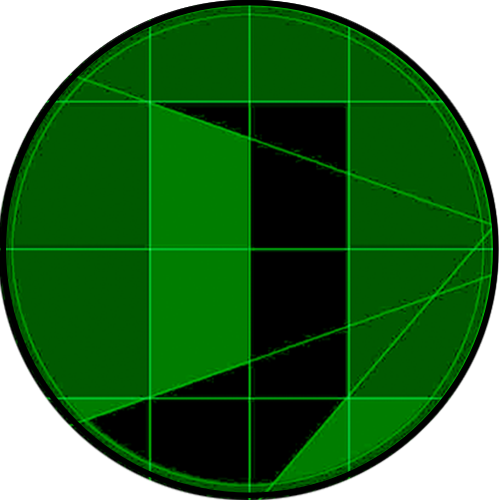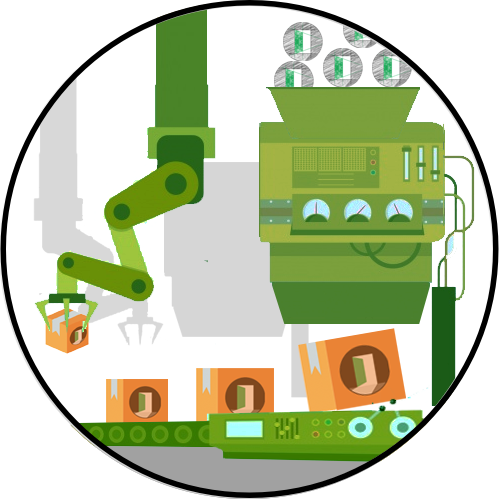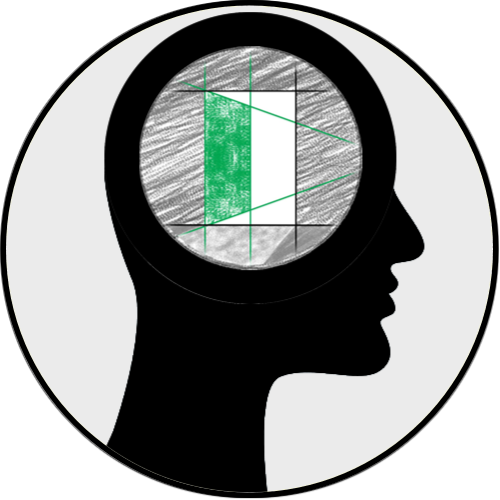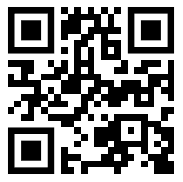
Fundamentals
This section presents the core knowledge an educator needs to understand authentic PBL methodology (aPBL), along with other concepts such as rubrics, flipped classroom, and project-based learning. In addition, the educator will understand the difficulties to implement aPBL within a traditional teaching method. That is, in scenarios where PBL is not used with methodological rigor, and with a greater number of students able to implement such rigor. Understanding these fundamentals is very important to understand the framework OpenPBL and its platform, aiming to solve the limitations of aPBL.
Active learning
As published on Wikipedia (in English), active learning occurs when the learner is actively or experientially involved in the learning process. This involves doing something more than just passively observing the instructions and then trying to replicate the knowledge supposedly conveyed in those instructions. Generally, the results of active learning are superior to those of passive learning, and this does not happen by chance. The figure below presents some verbs associated with active learning, which already justifies its superiority in terms of learning outcomes in relation to passive learning.
To be more objective, it is important to mention that there are some main factors that justify this advantage of active methodologies:
- It usually involves smaller groups of students, implying a smaller students/educator ratio.
- In some cases it involves staging and simulations. Often includes data collection and analysis, needed to solve a real-life problem.
- Some methodologies, such as PBL, encourage social interaction in the learning process, which ends up stimulating the development of students' socio-emotional skills..
- Students are encouraged to reflect on the practical meaning of what they are learning and on the results of their learning process.
- The learning context often reproduces the reality of society with its complexity, within an interdisciplinary approach. This provides a practical sense of what is being learned by students.
- Students have more freedom and greater responsibility for planning their learning. Their learning goals and methods are negotiable with the tutor and the peers.
- Students are taught to learn in a structured way, gaining new knowledge based on previously existing knowledge.
All of this helps keep students motivated and actively engaged in the learning process, leading to better and broader learning outcomes.
Diferent active learning methodologies
The figure below shows a (heavy) cloud of active learning methodologies, methods, frameworks, and techniques. Some of them with different names for the same procedural logic. Although many have similar names, they can be quite different from each other. This is the case of TBL x PBL (Team x Problem Based Learning), which are quite different methodologies. On the other hand, some of them are so similar to each other, such as IBL and PBL (Inquiry x Problem Based Learning).
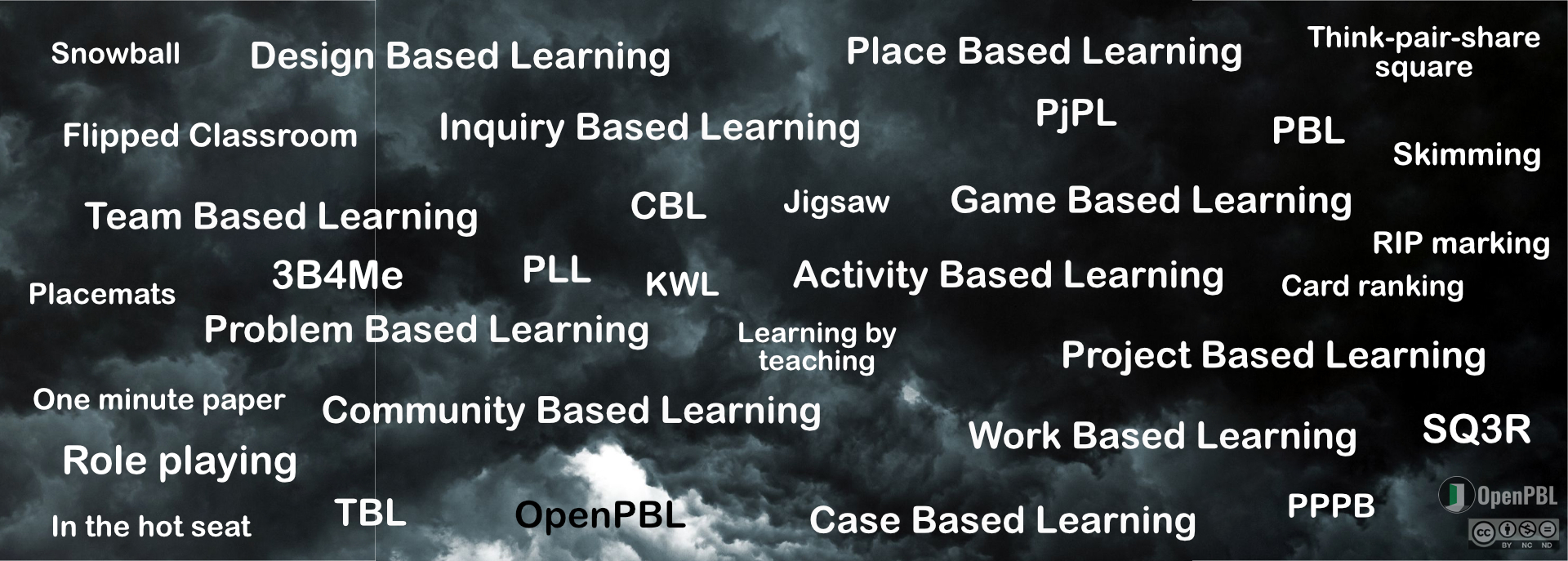
However, let's not lose focus on PBL. The figure above is just to give you an idea of how wide the world of active learning methodologies is. Even because, among all the active methodologies, PBL is considered the most formal, whose processes are better structured. No wonder it has been disseminated, since the 1970s, by countless medical schools and other higher education programs (especially in the area of Health) around the world.
Traditional learning x PBL
Presenting PBL to those who have never had contact with the methodology requires parsimony, as there are significant differences between traditional learning and problem-based learning. We can simplify this difference through the figure below. Note that in traditional learning, the student's position is completely passive. The educator specifies what the student needs to learn; the concepts presented must be memorized; so that there is a demonstration of learning through the solution of a related problem.
In PBL, a problem is presented to students, without specifying what needs to be learned. This has to be discovered by the student, through the analysis of the presented problem. After studying the topic, students receive help from the tutor to apply the knowledge resulting from the study in solving the problem. Thus, the tutor only guides the students in this task.
Starting from the problem to learning the concepts makes what is learned much more concrete. Furthermore, in PBL activities are commonly involved in social interaction in the construction of knowledge. This provides, in addition to cognitive development, also the socio-emotional development of students: collaboration, negotiation, leadership, communication, etc.
The origins of PBL
Before delving into the concepts related to PBL, it is interesting to have a brief presentation of PBL’s history is a fundamental element for understanding the methodology, the challenges for its implementation and the solution proposed through OpenPBL. It’s a very particular approach and I don’t remember having read or seen it in any bibliographical reference or presentation that I came in contact with. So please pay close attention to this section, which is supposed to be just protocol stuff, it’s an important element for understanding PBL.
PBL is a methodology initially implemented in the medicine program at McMaster University, Canada, in the late 1960s and early 1970s. The project, then innovator of a new learning methodology for medical students, was managed by Dr. Howard Barrows, who was later attributed the position of creator of the methodology, despite himself not agreeing with such a title.

McMaster Faculty of Health Sciences (recently)
The methodological innovation was pursued by McMaster University motivated by the perception that doctors trained in earlier decades did not present good professional performance in a hospital environment. They seemed to be slow to get integrated to multidisciplinary healthcare teams in their work in hospitals. Generarly, they used to have a very theoretical background, with little capacity to develop more complex logical reasoning in diagnosis and prognosis processes. Even after graduation, doctors were slow to reach a level of competence necessary for full professional practice. When it comes to medicine, this could (and did) lead to a worsening of the health of patients, or even the death of some of them.
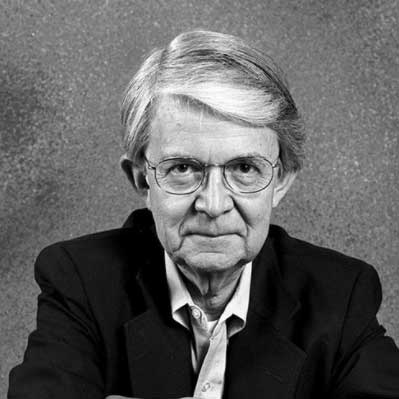
Howard Barrows, MD
American physician and educator who implemented a PBL curriculum at the then recently founded McMaster University, Hamilton city, Canadá.
This problem was attributed to the way they were trained during their medicine program at the university, thus a new methodology was needed to transform this scenario. Doctors needed to learn to analyze and treat their patient's health problems with a more global view, in a holistic approach. It was no longer possible to treat patients in a departmentalized way, as was the strong disciplinary training of doctors at that time.
Furthermore, for the physician, simply demonstrating technical competence was not enough. There was also a need to develop socio-emotional skills to improve the way they worked in hospitals and interacted with patients and colleagues (nurses, physiotherapists, psychologists, social workers, administrators, assistants, etc.).
PBL spreads around the world
The first medical class formed at McMaster University, using the PBL methodology, graduated in 1972. The methodological innovation was a success, causing other medicine programs to adopt the methodology as well. This was the case of Maastricht University, in the Netherlands, which graduated its first medical class in 1976. They used a variant of the methodology used at the Canadian university.
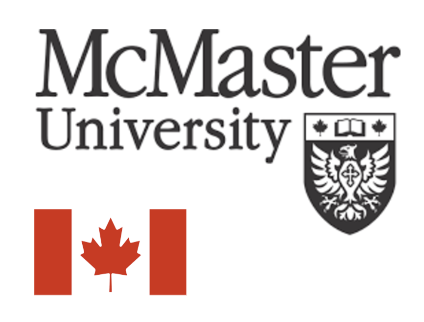
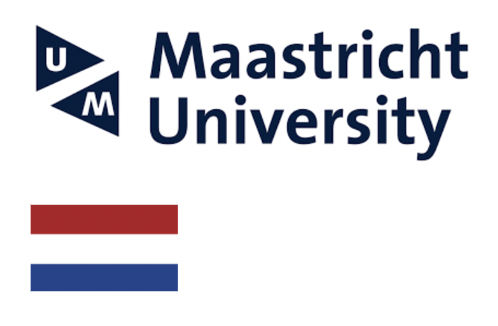
In this way, after implementation, the methodological innovation promoted by McMaster University was a success in medical education, and soon spread to other institutions around the world. The methodological PBL model of the Dutch university was called Maastricht Seven-Jump, which also spread to other institutions.
In the years that followed, due to the success of the results obtained with PBL, other universities around the world started to use PBL in their respective Medicine programs. The methodology started to be used also by programs in other areas of knowledge, in different universities around the globe. Below, you have a map with some medicine programs that use PBL around the world.
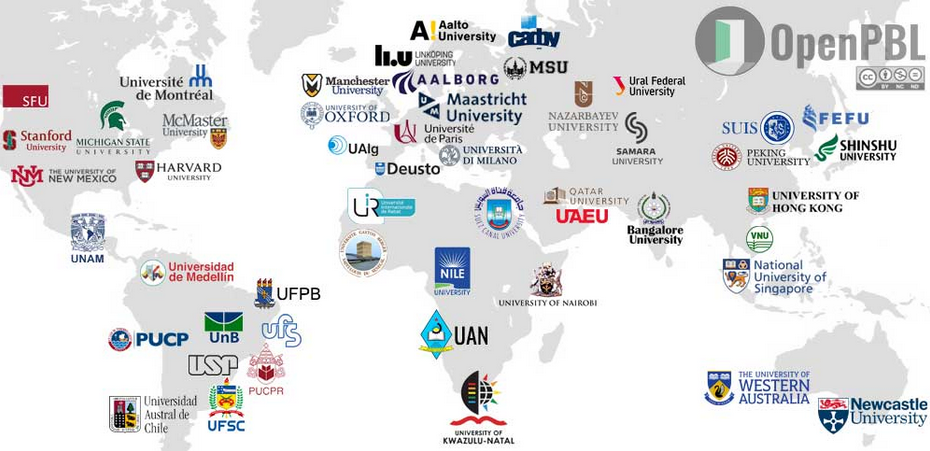
The success of PBL, considered the most formal among active learning methodologies, shows clear signs around the world. In the Netherlands, all medical degree programs are implemented with PBL. Since the 1990s, partnerships have been implemented between African and Latin American universities with Canadian and European universities that have a tradition of using PBL. Such partnerships aim to transfer know-how to implement the methodology in universities that seek to migrate from the traditional learning approach to PBL approach. Countries like Brazil have official regulations that strongly encourage the use of active learning methodologies, such as PBL, to allow the creation of new undergraduate and graduate programs and expansion of places in existing programs.
Those who develop research in the area are faced with an enormous scientific production that reflects the search of higher education institutions around the world to implement this methodology in their course programs. And that doesn’t happen by chance. Because the fundamentals that guide PBL have everything to do with the demands for competences intrinsic to the reality of the 21st century, reinforced by the post-pandemic reality.
These arguments serve to keep you engaged in exploring this material, but we still have to focus on how PBL is implemented in medicine. Because it is important to understand the fundamentals which underpins PBL implementation details. So, on the next page, let's see how a PBL activity is structured.


